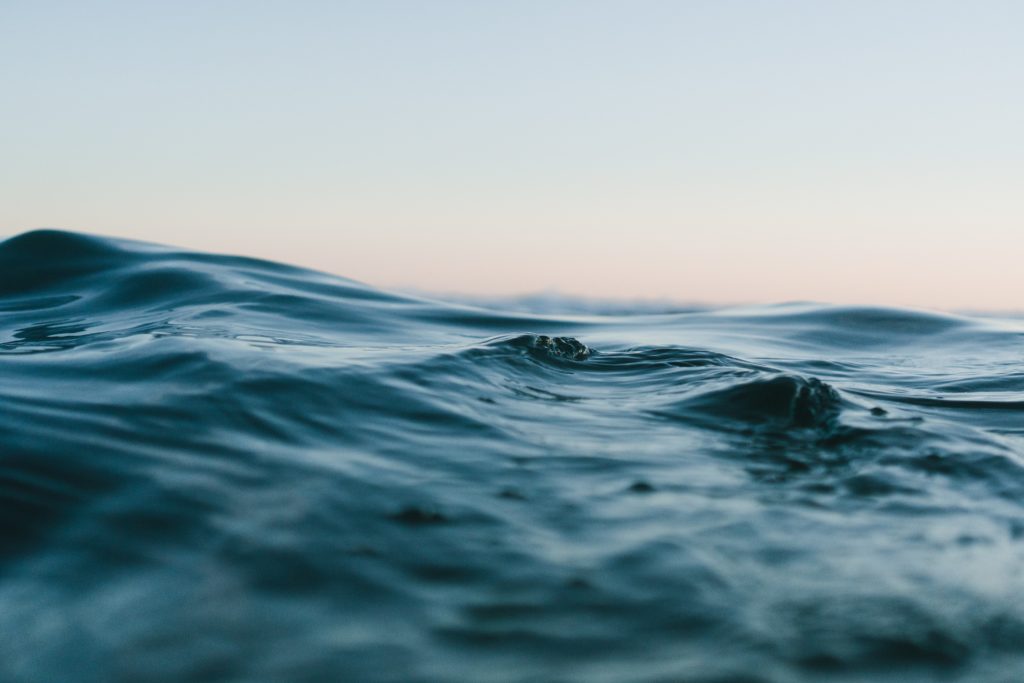Western Cape dam levels have declined by 1.6% since last week, according to the current hydrological report from the national Department of Water and Sanitation (DWS).
IOL quoted the DWS spokesperson Sputnik Ratau as saying the levels were, however, better than 2019.
“The bulk of Western Cape dams are generally better off than in the last three years.
“Nevertheless, the Gouritz River catchment system is still in a dire state, characterised by low dam levels for the last five years. More rains are required to recharge dams levels significantly in this region,” Ratau said.
He said the largest dam in the province, Theewaterskloof Dam, was enjoying a better yield of over 70%.
A report by the Western Cape government said Cape Town dam levels were at 70.9% as of 14 April 2021.
Water restrictions
Water restrictions in the City were lifted on 1 November 2020 but residents were urged to continue to reduce daily consumption.
“As a resident or visitor in the Western Cape, please continue to ensure that you reduce your water consumption in accordance with the water restrictions of your municipality.
“Water savings are needed throughout the province, but especially in the following regions; Oudtshoorn Municipality, Prince Albert Municipality, Cape Agulhas Municipality and Beaufort West Municipality,” said the provincial government.
It added: “The demand for water has also steadily increased every year due to the province’s rapidly growing population and economy. This, as well as unpredictable climate change, has added significant pressure on our water supply.”
The Western Cape faced serious water shortages due to poor rainfall during 2015, 2016 and the 2017 winter seasons.
PICTURE: Cape Town etc gallery

